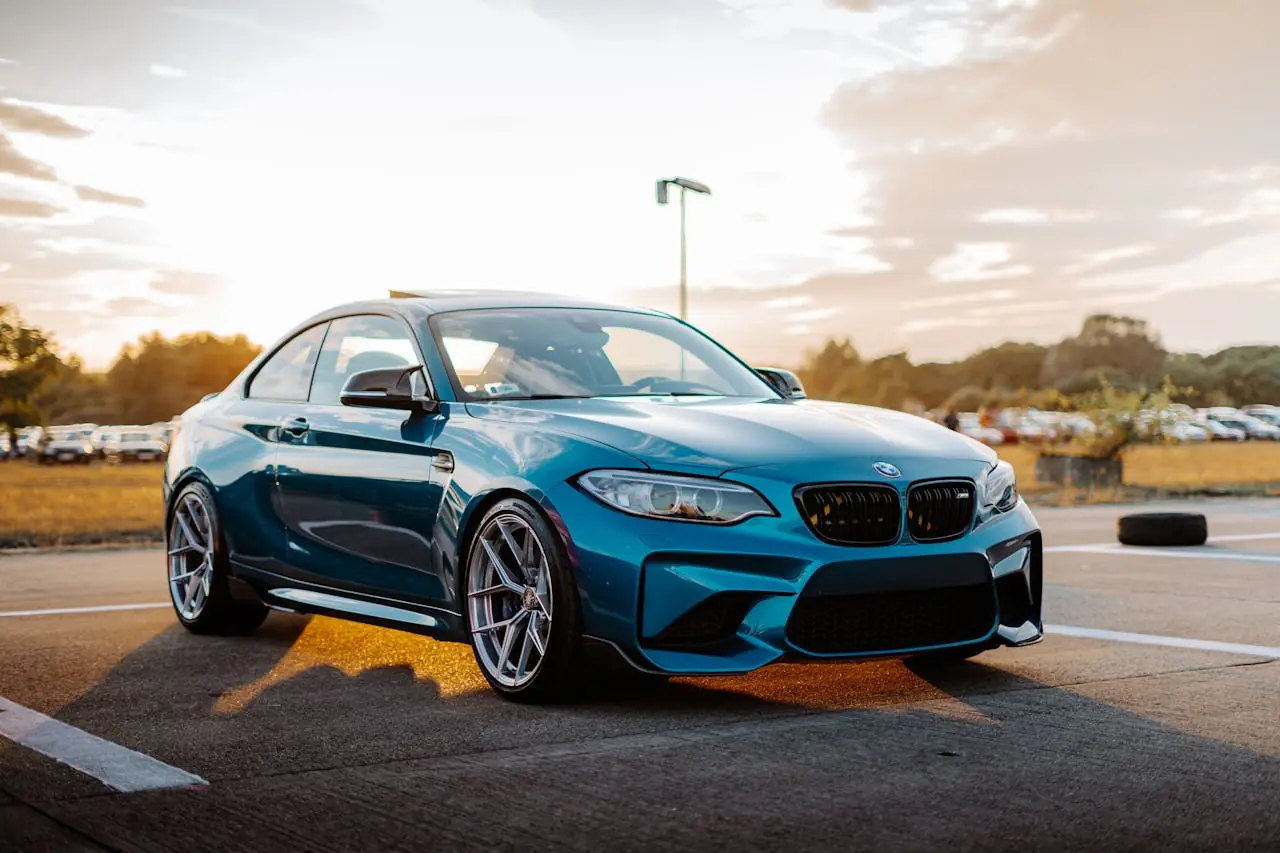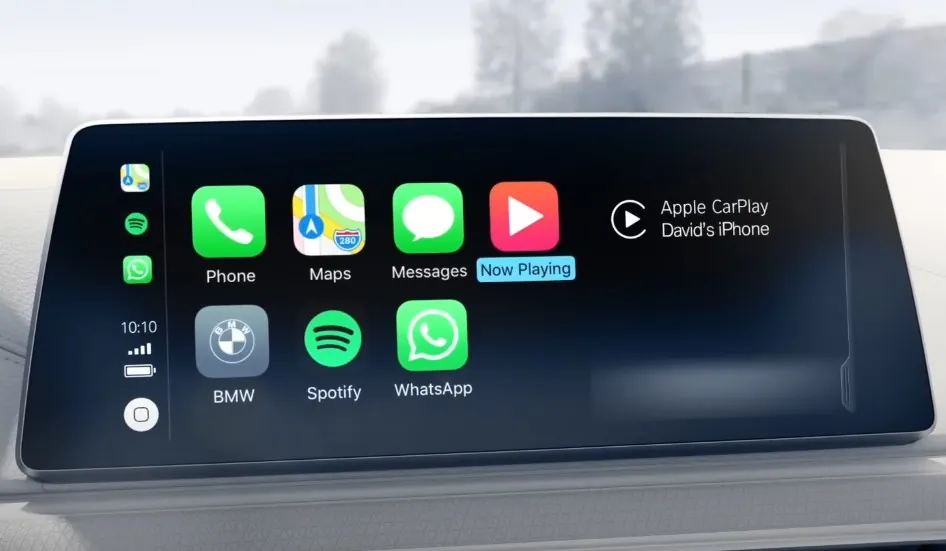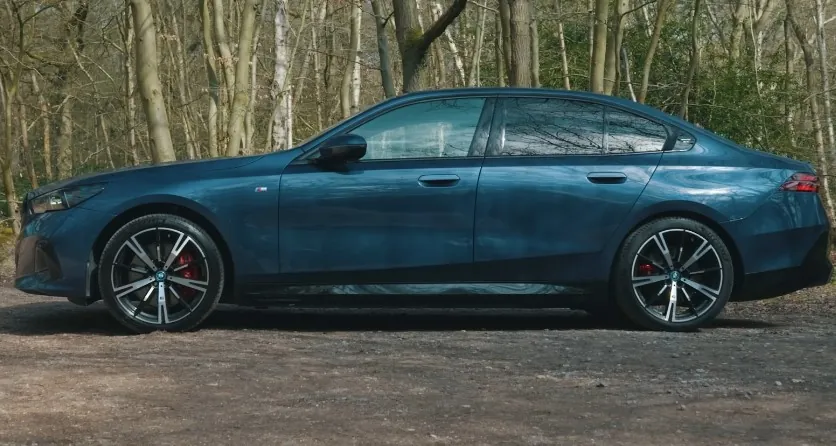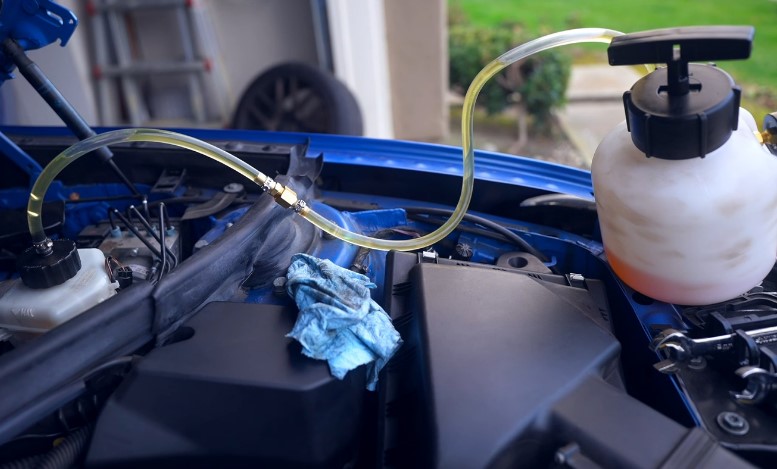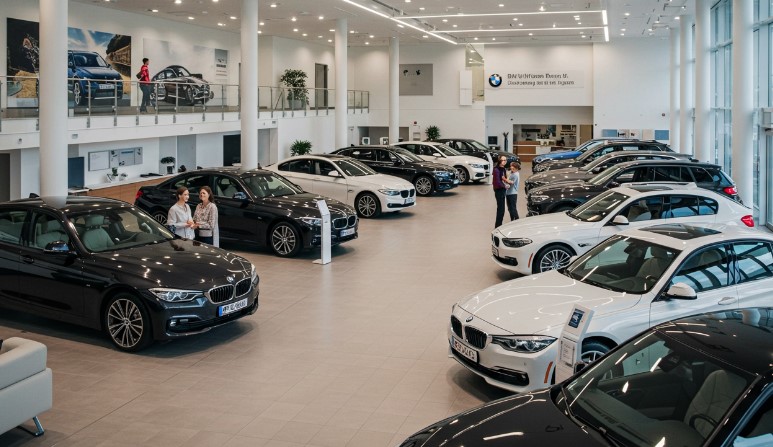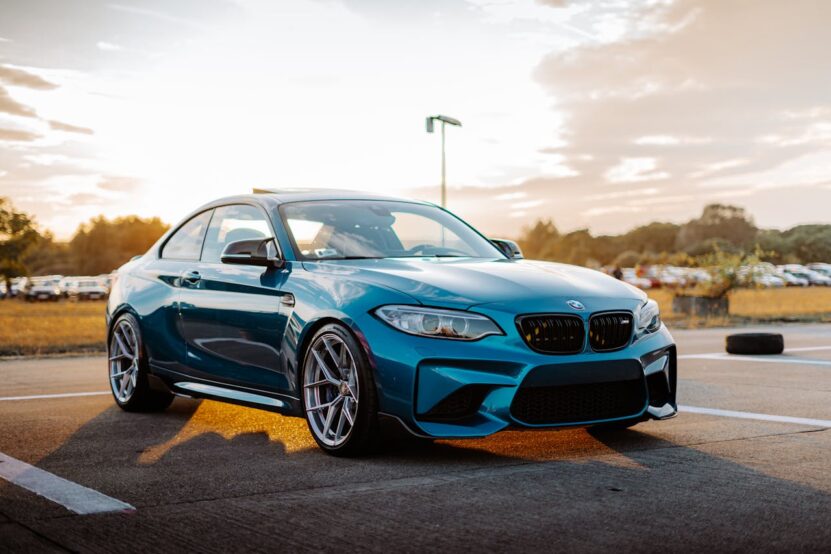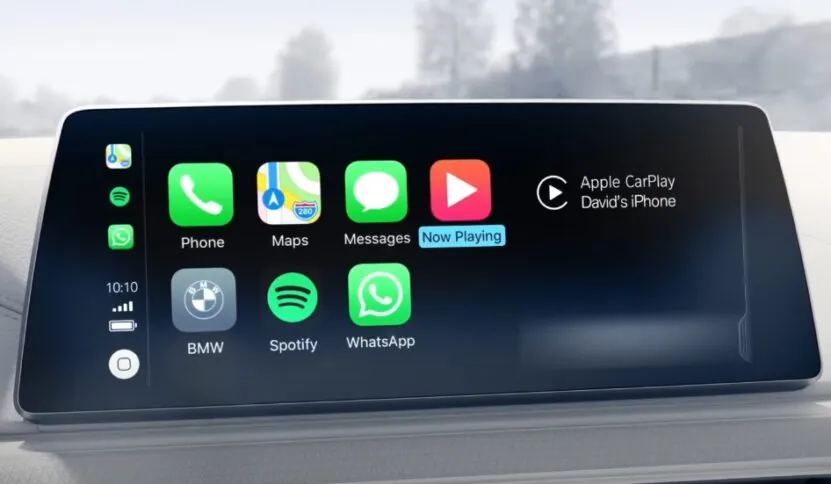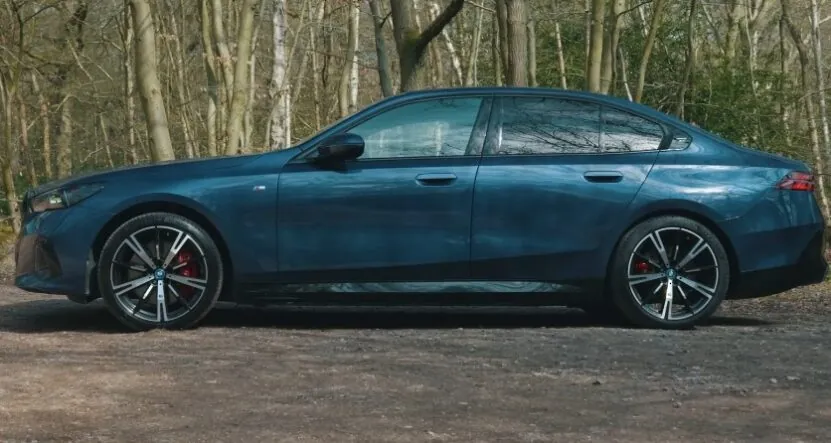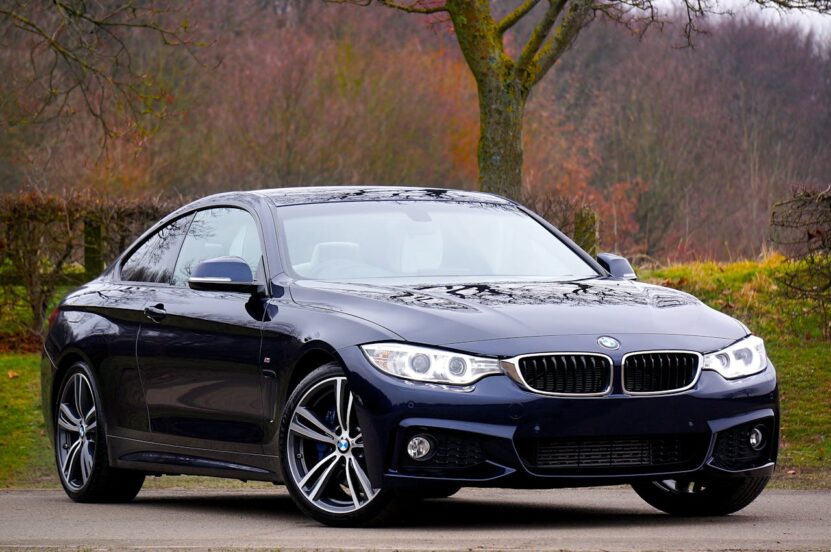
Share Post:
If you own or are considering buying a BMW, you need to know that run-flat tires, while designed for safety and convenience, come with a distinct set of drawbacks that affect everyday driving, often more than most drivers expect.
The simple truth is this: BMW run-flat tires keep you moving after a puncture, but they almost always deliver a harsher ride, wear out faster, and cost you more at replacement, with frequent complaints about noise, road feel, and repair headaches.
For city drivers, run flats can add daily frustration, and for those who value ride comfort and tire longevity, they are often a disappointment.
The promise of “no roadside tire changes” is real, but the trade-offs are just as real – and you’ll feel them with every bump, every tire bill, and every trip to the tire shop.
If you want a car that handles well and rides smoothly, you need to understand exactly what you’re signing up for with run flats, why BMW insists on them, and what alternatives are available if you decide enough is enough.
Table of Contents
Toggle1. Harsh Ride Quality
| Symptom | Main Cause | Models Most Affected | Owner Comments |
| Rougher ride | Stiff sidewall design | 3 Series, X1, X3, M trims | “The car feels less premium now.” |
| Bumpy roads | Lack of tire flex | Any BMW with run flats | “Every pothole feels sharper.” |
| Cabin vibration | Road impact transmitted | M Sport, larger wheels | “Luxury car, rough ride” |
Most BMW owners expect a smooth, composed ride, especially from a brand that builds its reputation on the balance of comfort and sportiness. With run-flat tires, this expectation often clashes with reality. The stiff, reinforced sidewalls required for run-flat operation transmit more bumps, jolts, and road imperfections directly into the cabin.
Owners who switch from conventional tires to run flats on a 3 Series or X1 often say the car feels “downgraded” in comfort, especially over rough city streets or highway expansion joints.
On M Sport models, which already ride firmer due to their performance suspensions and low-profile tires, run flats can turn everyday roads into a series of minor annoyances – each pothole and crack feels amplified. Over time, what should be a luxurious, controlled ride can begin to feel cheapened, undermining much of what draws people to BMW in the first place.
2. Premature Tread Wear
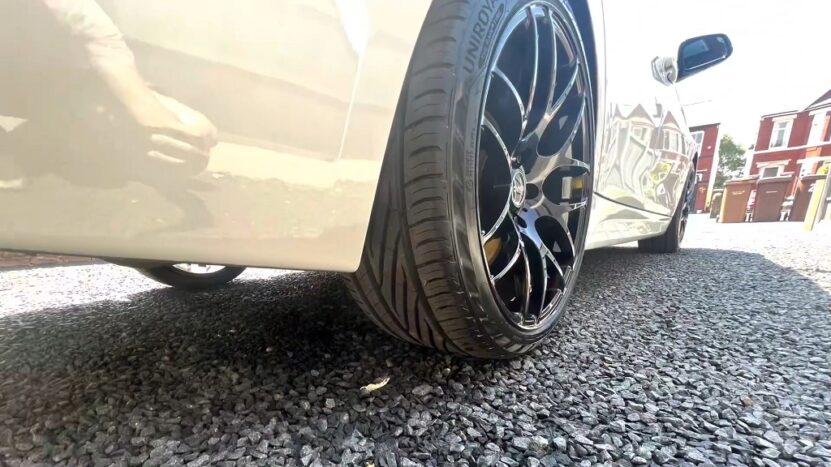
| Average Lifespan | Typical Issue | Contributing Factor | Models Most Impacted |
| 20,000–30,000 km | Early tread wear | Softer compound | All models |
| Uneven/cupped wear | Irregular patterns | Sidewall stiffness | M, X Series, 3 Series |
| Frequent rotation | Necessary for longevity | Aggressive driving | Performance models |
One of the most unwelcome surprises for BMW run-flat tire owners is how quickly these tires can wear out. Many report needing a new set at 25,000 kilometers – sometimes even sooner if the car sees lots of city driving or spirited acceleration.
The main culprit is the softer tread compound used to offset the harshness of the sidewall, but aggressive alignment and performance driving (especially in M and X models) can make things worse.
Irregular wear, such as cupping or scalloping, can creep in early and make the tires even noisier. Regular rotations are essential to getting the most life out of run flats, but even with diligent care, the lifespan rarely matches conventional tires.
As a result, BMW drivers are often budgeting for tire replacements more often than they expected.
3. High Replacement Cost
| Average Cost Per Tire | Set of Four | Compared to Non-Run Flats | Shop Labor Fees | Availability Issues |
| €250–€350 | €1,000+ | 20–30% higher | Often higher | Sometimes a special order |
| $250–$400 (US) | $1,000–$1,600 |
Sticker shock is a frequent complaint when it comes time to replace BMW run-flat tires. Not only do these tires cost significantly more than conventional ones (often €250–€350 per tire in Europe or $250–$400 in the US), but mounting and balancing fees can also be higher because run flats are stiffer and harder to work with.
Shops sometimes charge extra for the additional labor, and if your BMW has large wheels, costs can climb even further. Availability can also be an issue – especially outside major cities – so owners sometimes have to wait for a special order, which adds both time and inconvenience. In short, the safety promise of run flats comes at a very real and recurring price.
4. Limited Repairability
| Repairable After Puncture? | Shop Policies | BMW Policy | Common Outcome | Owner Frustration |
| Often “No” | Usually refuse | Recommend replace | Buy a new tire | “A nail costs me €300.” |
| Rarely “Yes” | Sometimes patched | If undriven when flat | Risky, rarely done |
A simple nail or screw in your tire shouldn’t have to mean a new tire, but with run flats, that’s often exactly what happens. Many tire shops refuse to repair run flats if they have been driven on while flat, citing safety and liability concerns over possible invisible sidewall damage. Even BMW’s recommendations err on the side of full replacement.
Owners expecting a quick €20 patch job often end up forking out hundreds for a new tire, even for minor punctures. This reality frustrates drivers who feel the supposed convenience of run flats disappears the moment they need affordable, practical repairs. The result is more waste, more expense, and more inconvenience than expected.
5. Poor Wet Grip as Tires Age
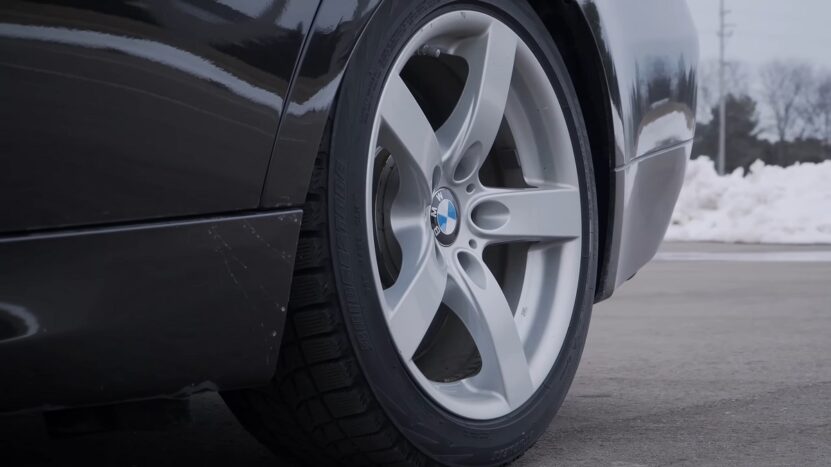
| Problem | Impact | Why It Happens | Vehicle Types Affected | Seasonal Issues |
| Early hydroplaning | Loss of control | Stiff sidewall, quick wear | Wide tire, sports trims | Rainy/cold conditions |
| Reduced braking | Longer stopping | Less road contact | M, X Series, 5 Series | Fall/spring, especially |
Safety is often the top reason BMW drivers stick with run flats, but many are surprised to find that wet traction can deteriorate quickly as the tires age.
The combination of a stiff sidewall and a quickly wearing tread means that, by the time you reach midlife on a set of run flats, the risk increases, and stopping distances grow. This is especially true on wider, low-profile tires fitted to M and X Series vehicles.
If you’re unlucky and end up in a collision because your tires lose grip, you’ll quickly be dealing with more than just repairs. Navigating insurance claims and the legal aftermath can be overwhelming, which is why many local drivers turn to experienced car accident lawyers in Houston, TX, to help them manage the process and protect their rights.
Ultimately, staying ahead of tire maintenance can help avoid the headache of both vehicle damage and the legal complications that follow serious accidents in challenging conditions.
6. Increased Road Noise
| Cabin Experience | Noise Levels | When It’s Worst | Models Impacted | Owner Description |
| Noticeable hum/roar | Grows as the tire ages | Coarse or patched roads | 3 Series, X3, 1 Series | “Sounds like a truck..” |
| Rear seats louder | Especially at speed | After 15,000 km+ | All with run flats |
BMW drivers often pride themselves on the brand’s refined, quiet cabins, but run-flat tires can undermine this reputation. As these tires age, they tend to get noisier, producing a noticeable hum or roar at highway speeds, particularly on coarse asphalt or patched city roads. The rigid sidewall design transmits more vibration and sound into the body and suspension.
Owners describe the experience as having a persistent “drone” or even “truck-like” noise, especially from the rear seats. It’s a small annoyance at first, but over the months and kilometers, it can chip away at the luxury feel BMW is known for, leaving some to regret not switching to quieter, conventional tires.
7. Sidewall Cracks and Bulges
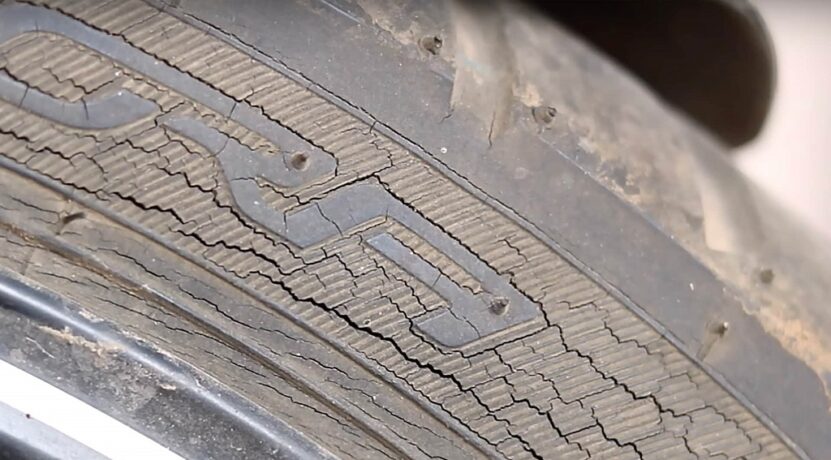
| Common Trigger | Visible Symptoms | Safety Risk | Models at Risk | Action Required |
| Hitting pothole | Bulge, crack, bubble | Blowout possible | All city drivers | Replacethee tire ASAP |
| Curb impacts | Sudden sidewall lump | Loss of integrity | M Sport, big wheels | No safe workaround |
Urban driving and poorly maintained roads pose a particular risk for BMWs with run-flat tires. Unlike regular tires, which can flex and absorb some impact from potholes or curbs, the stiff construction of run flats makes them more prone to sudden sidewall damage.
After even a minor pothole hit, you might find a visible bulge, crack, or bubble in the sidewall – a clear sign that the tire is no longer structurally sound. For safety, such damage means immediate replacement, not repair.
City drivers and those with M Sport packages or larger wheels are especially susceptible, sometimes going through two or three tires a year simply due to unavoidable road hazards.
8. Hard to Find Replacements
| Where the Problem Occurs | Time to Replace | Typical Solution | Delay/Cost Issues | Owners Impacted |
| Rural areas, small towns | 1–3 days wait | Special order needed | Sometimes a higher price | Road trippers, commuters |
| Urban centers | Usually in stock | Immediate install | Normal BMW pricing | Less frequent |
If you damage a run-flat tire far from a major city or dealership, you may quickly discover how limited your replacement options are. Many tire shops in rural or small-town areas simply don’t stock the specialized run-flat sizes and brands BMW uses, especially for performance models.
Waiting one to three days for a special order isn’t unusual, and during that time, you may be without your car or forced to drive with a compromised tire. Even in large cities, prices can vary significantly, and not every shop is comfortable installing run flats due to their stiffer construction.
For drivers who rely on their BMW for daily commuting or long road trips, this lack of availability is a real inconvenience that undercuts the “always mobile” promise of run flats.
9. Weak Winter Performance
| Tire Type | Cold Weather Grip | Stopping Distance | Traction on Ice/Snow | Owner Recommendations |
| Summer run flats | Poor | Much longer | Slips easily | Switch to winter tires |
| All-season run flats | Mediocre | Worse than regular | Limited improvement | Not enough for deep snow |
| Dedicated run-flat winter | Fair | Still trails regular | Adequate if new | Better, but not best |
BMW run-flat tires are notoriously weak performers in winter, unless you fit a dedicated winter version (which is itself a costly upgrade).
The stiff sidewalls and often harder tread compounds mean less grip in cold temperatures, longer stopping distances, and more sliding on snow or ice. All-season run flats provide only minimal improvement and are generally not enough for serious winter conditions.
Most owners in snowy climates switch to a full set of winter-specific run flats for the coldest months, but even then, independent tests find that conventional winter tires still outperform run flats in terms of traction and braking. For BMW owners, this means extra seasonal cost and effort to maintain safe winter handling.
10. Frequent TPMS Warning Lights
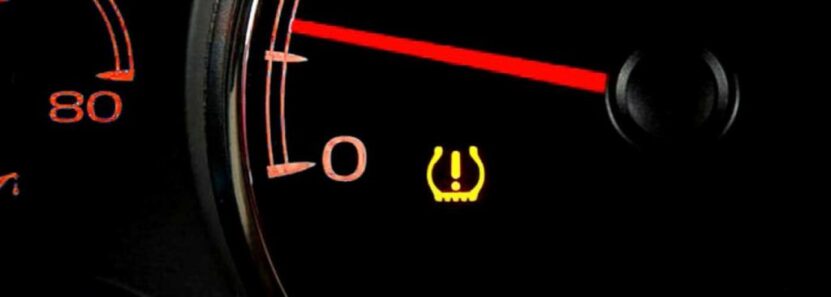
| What Triggers a Warning | Typical Owner Experience | System Sensitivity | Common False Alarms | Impact on Driving |
| Temp drops, potholes | “Warning goes off often.” | Extra sensitive for safety | After impacts or repairs | Distracting, stressful |
| Real pressure loss | Usually accurate | Sometimes after rotation | Must check frequently |
BMW’s Tire Pressure Monitoring System (TPMS) is designed to be ultra-sensitive with run flats, alerting you to even small pressure drops for safety. However, this often results in frequent, sometimes unwarranted, warnings.
Owners report TPMS lights flashing on after minor impacts, temperature swings, or even just a routine tire rotation. While the system is vital for alerting you to a real loss of pressure, the sheer number of false alarms can be distracting and stressful, especially if you’re already dealing with the other quirks of run flats.
The result is a lot of extra stops to check your tires, and sometimes a sense that you’re fighting the car’s safety tech as much as the road itself.
Related Posts:



